Planning for winter
mirendajean (Ireland)
10 years ago
Related Stories
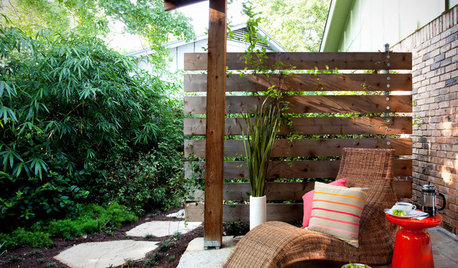
LANDSCAPE DESIGNThe Best Winter Garden Project? Plan for Next Year
Consider these 9 ideas now for a highly personal, truly enjoyable garden come spring
Full Story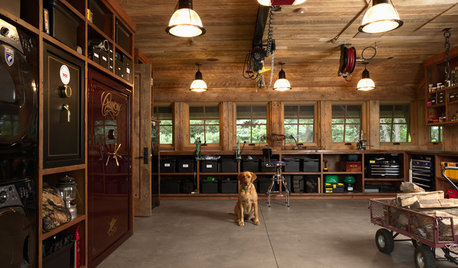
GARAGES8 Tips for a Supremely Organized Winter Garage
Snow and mud make a disorganized garage even worse. These ideas for storage and planning will keep your space clean and dry
Full Story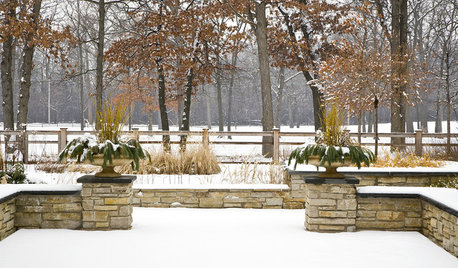
WINTER GARDENING10 Ingredients of a Beautiful Winter Garden
Winter gardens have a beauty all their own. Enjoy its bare branches, sculptural evergreens, and more
Full Story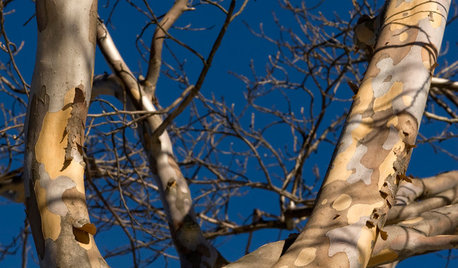
WINTER GARDENING8 Gorgeous Trees for Winter Interest in the Garden
Intriguing forms and beautiful branches take center stage when color heads back into the wings of the winter landscape
Full Story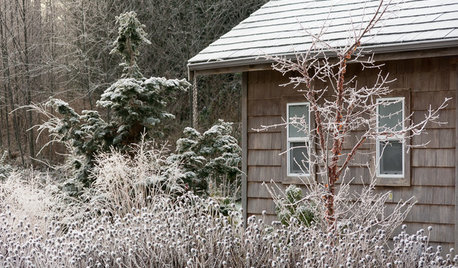
WINTER GARDENINGLook Beyond Plants for a Wonderful Winter Garden
Use sculptures, fences and other structures to draw the eye to a bare-bones landscape
Full Story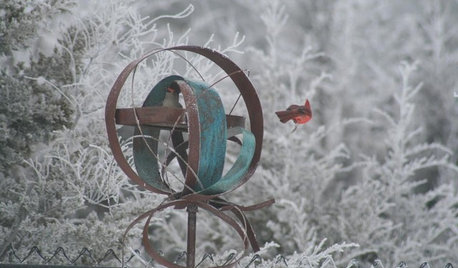
WINTER GARDENING4 Reasons to Celebrate Your Garden in Winter
The season of rest and replenishment is key to a successful wildlife-focused yard
Full Story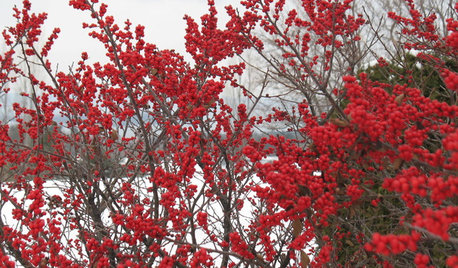
GARDENING GUIDES6 Rockin’ Red Plants for Winter Gardens
Use the bright berries or branches of these cold-climate favorites for outdoor garden interest or container arrangements anywhere
Full Story
GARDENING GUIDESGet a Head Start on Planning Your Garden Even if It’s Snowing
Reviewing what you grew last year now will pay off when it’s time to head outside
Full Story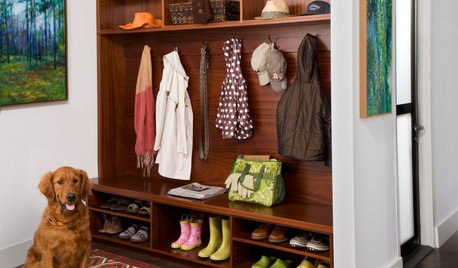
STORAGE8 Ways to Keep Winter Gear From Mucking Up an Entryway
Don't let wet coats and boots dampen your entryway or mudroom's spirit. These storage and other tips can keep everything looking bright
Full Story
WINTER GARDENING10 Native Wildflowers to Beautify Your Winter Garden
They stand strong in wind, feed wildlife and are easy to grow. But you may want to add these plants for their looks alone
Full StorySponsored
More Discussions






armoured
mirendajean (Ireland)Original Author
Related Professionals
Bethlehem Landscape Contractors · Blue Springs Landscape Contractors · Bowie Landscape Contractors · Brandon Landscape Contractors · Lemoore Landscape Contractors · New Cassel Landscape Contractors · Ringwood Landscape Contractors · San Bruno Landscape Contractors · West Haverstraw Landscape Contractors · Goldenrod Landscape Contractors · Galena Park General Contractors · Coffeyville General Contractors · Keene General Contractors · Kyle General Contractors · Norfolk General ContractorsMinnesota_Eric
armoured
iLoveLawn
iLoveLawn
mirendajean (Ireland)Original Author
armoured
Minnesota_Eric
armoured
Minnesota_Eric
armoured